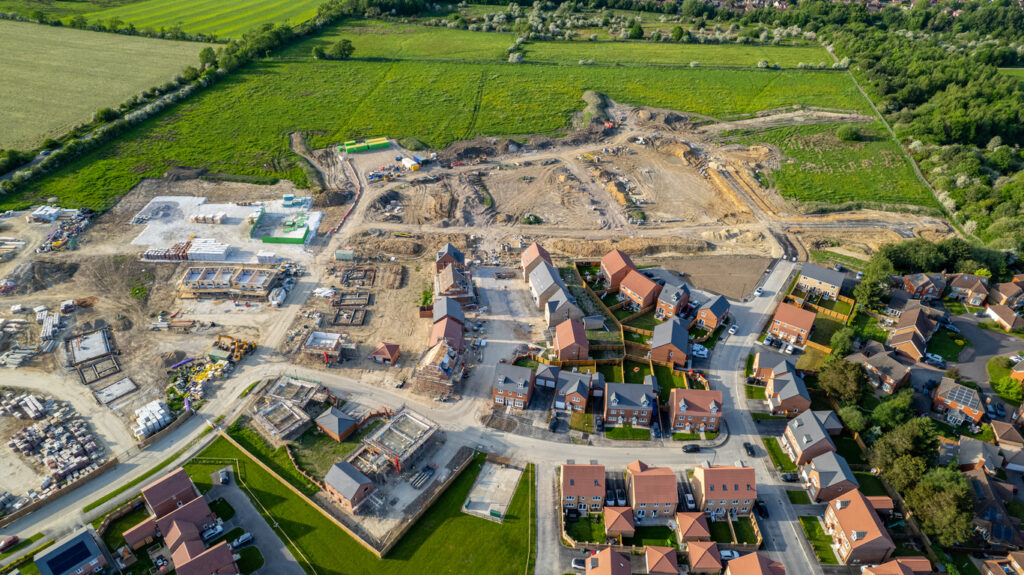What the Planning and Infrastructure Bill means for developers and environmental regulation
The recently published Planning and Infrastructure Bill underlines the government’s commitment to planning reform as a catalyst for economic growth. Housing delivery is central to Labour’s economic strategy, and quick, visible progress is essential.
For developers, complex environmental regulations have long been a barrier to the timely delivery of housing and commercial projects. The bill introduces the idea of Environmental Delivery Plans (EDPs)—a mechanism designed to standardise environmental mitigation and reduce the need for site-specific assessments.
Summary – Key takeaways from the Planning and Infrastructure Bill
- Streamlining Environmental Regulation – The bill introduces Environmental Delivery Plans (EDPs) to standardise environmental mitigation, reducing the need for site-specific assessments.
- Fixed Environmental Tariffs – Developers will pay a predefined levy based on project type and scale, discharging or modifying their environmental obligations.
- Reduced Costs & Greater Certainty – EDPs aim to simplify compliance, cut delays, and provide upfront clarity on environmental costs.
- Potential Challenges – Concerns include reduced flexibility for site-specific mitigation, enforcement issues, and possible rollout delays.
- Impact & Next Steps – Success hinges on clear implementation; developers should engage in consultations to help shape the final framework.
What are environmental delivery plans (EDPs)?
Under the proposed system, Natural England will create EDPs, setting out predefined mitigation measures within a given geographical area. In effect, developers would pay an environmental tariff—adjusted based on the type and scale of their project—rather than having to conduct individual environmental assessments. Once paid, this tariff would discharge, modify, or disapply a developer’s environmental obligations for that scheme.
EDPs will be approved by the Secretary of State and backed by a Nature Restoration Fund, which will pool contributions from developers to fund environmental mitigation projects. The plans will detail:
- Which environmental features are at risk from development.
- The conservation or mitigation measures required.
- The nature restoration levy payable.
What could this mean for developers?
- Reduced costs and delays – EDPs could streamline regulatory compliance by removing the need for individual site assessments, making obligations clearer upfront.
- Greater certainty – A standardised tariff system means developers know their environmental costs early, avoiding last-minute surprises.
- Strategic environmental gains – Pooled contributions could deliver more effective environmental improvements at scale.
Potential challenges and unanswered questions
- Loss of Site-Specific Flexibility – A mandatory levy means less scope for innovative, site-tailored mitigation.
- Collection and enforcement gaps – How will contributions be collected and monitored? What happens if a developer fails to pay?
- Implementation timeline – How quickly can EDPs be developed and applied? Delays in rolling them out could slow down projects rather than speed them up.
- Lessons from CIL – The complexity of the Community Infrastructure Levy (CIL) system serves as a warning; any new levy must avoid creating unnecessary administrative burdens.
What’s next?
The success of EDPs will depend on how clear, comprehensive, and widely adopted they are. While the concept of a more predictable and efficient environmental mitigation system is appealing, the government must ensure it delivers both development certainty and genuine environmental benefits.
If you’re a developer or planning professional, now is the time to engage with the consultation process and shape how EDPs will work in the real world.




